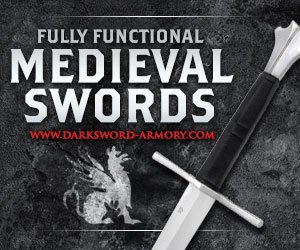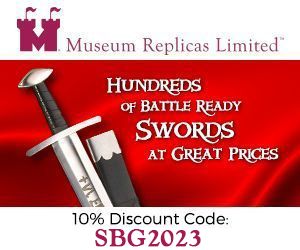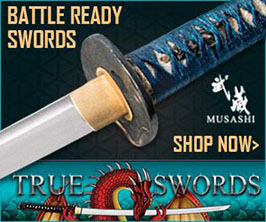Shields 101
by Alex Quitzau
(Sydney, NSW, Australia)
QUESTION: I've always had an interest in swords - specifically European medieval types around the periods of the crusades. I have a few swords at home but the one part of my curiosity that hasn't yet been satisfied is on the topic of shields.
In the briefest of terms, I have no idea about how medieval shields were made and what they were made from, how heavy they were and how they were wielded.
I've tried to make one and it turned out 'alright' except that it's simply too hard to maneuver effectively.
I have found very little on the web and any light you could shed on the subject would be great, and I'm talking anything and everything.
Thanks for your time
Alex
ANSWER: Hi Alex,
Windlass Steelcrafts make some pretty decent replicas if you are in the market for off the shelf stuff. You can read some comments about their shields at the SBG Sword Forum (indeed, there are several threads about shield and armour in that category - and you can always ask specific questions to the SBG crew directly if you don't find the answer you are looking for).
Anyways, as to making one yourself - the best bet is to find and join your local SCA club. These guys make practical and very sturdy shields and someone there could help you make one, one on one...
Otherwise, as far as web resources go - there are quite a few homemade guides to help. Here's a few to get your started:
Basic Guide on how to make a shield
SCA based guide on shield making
Extremely simple 'Wikihow' on shield making
Have fun!
Kind Regards,
- Paul













